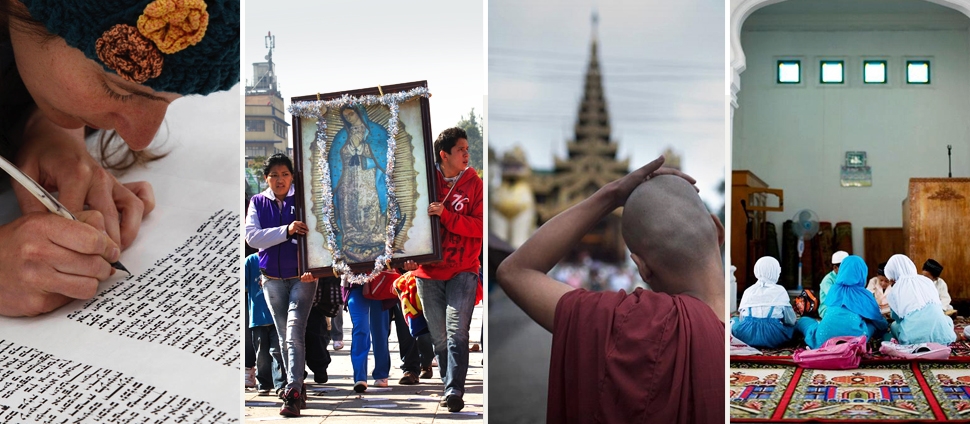Document Type
Article
Publication Date
7-28-2009
Publication Title
Church History
Abstract
During the late nineteenth and early twentieth centuries, clergy and professional theologians in the Orthodox Church in Russia found themselves engrossed in debates over the theological nature and “proper” institutional fashioning of the sacred community called “church.” Insofar as this intensive reflection on communal life heatedly addressed issues of religious authority and the role of laypeople in that life, this period in Russian Orthodoxy in many ways lends itself to comparison with two critical points on the time line of the history of Christianity in the West: the Reformation and Vatican II. True, the “evolution” or brewing “revolution” (depending on one's interpretation of those debates) in Russian Orthodoxy never had the chance to become a comparable definitive “event,” largely on account of the political aftermath of the 1917 revolutions.1 Nevertheless, the acute tensions in thinking about “church” that surfaced during that period suggest that had it not been for the sociopolitical events of 1917—events that propelled the Orthodox community into another level of concern—the landscape of Orthodox Christianity in Russia might well have undergone “modernizing” shifts comparable to those in the West.
Volume
69
Issue
3
First Page
610
Last Page
631
DOI
doi.org/10.2307/3169399
Rights
© American Society of Church History 2000
Version
Version of Record
Recommended Citation
Shevzov, Vera, "Icons, Miracles, and the Ecclesial Identity of Laity in Late Imperial Russian Orthodoxy" (2009). Religion: Faculty Publications, Smith College, Northampton, MA.
https://scholarworks.smith.edu/rel_facpubs/35


